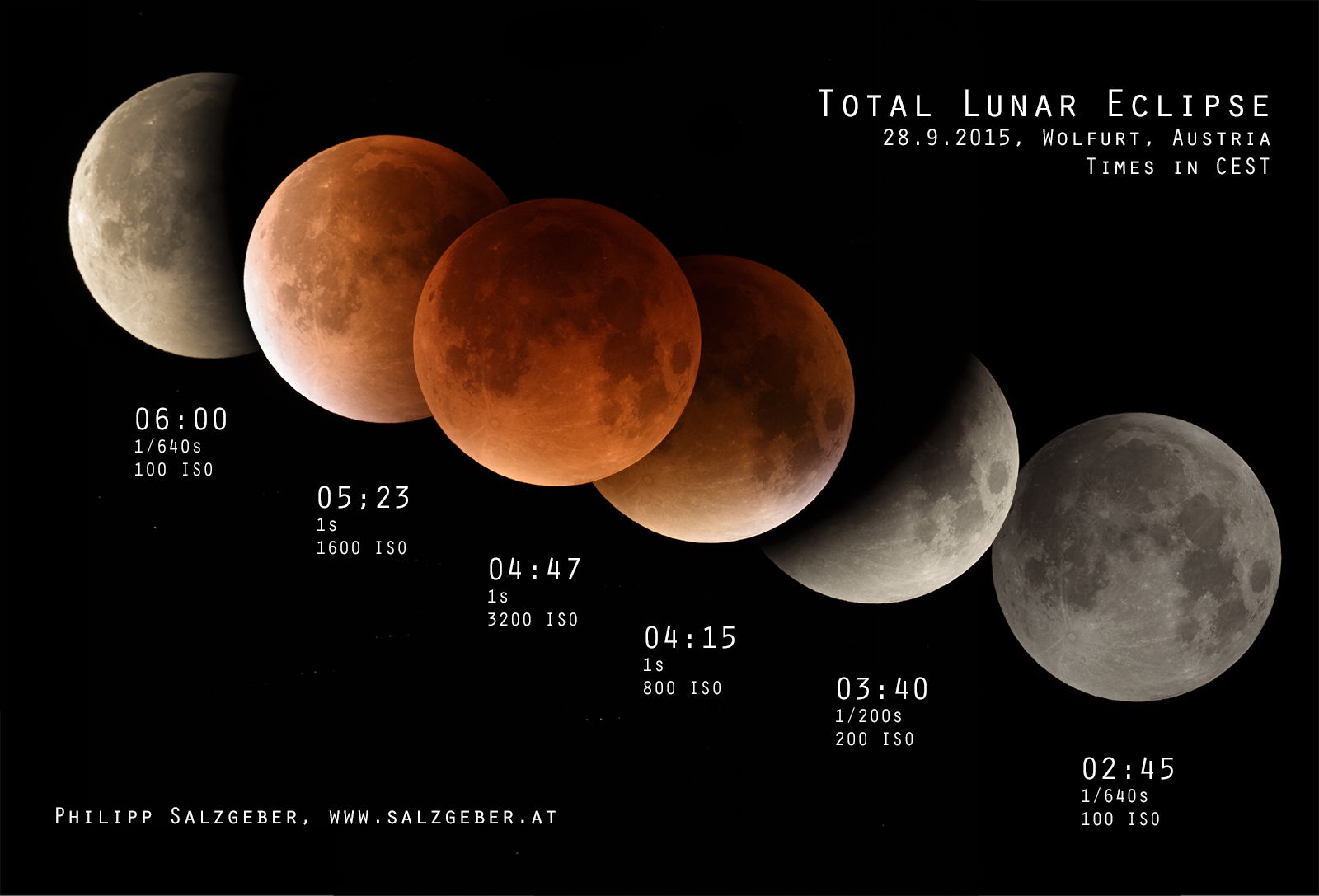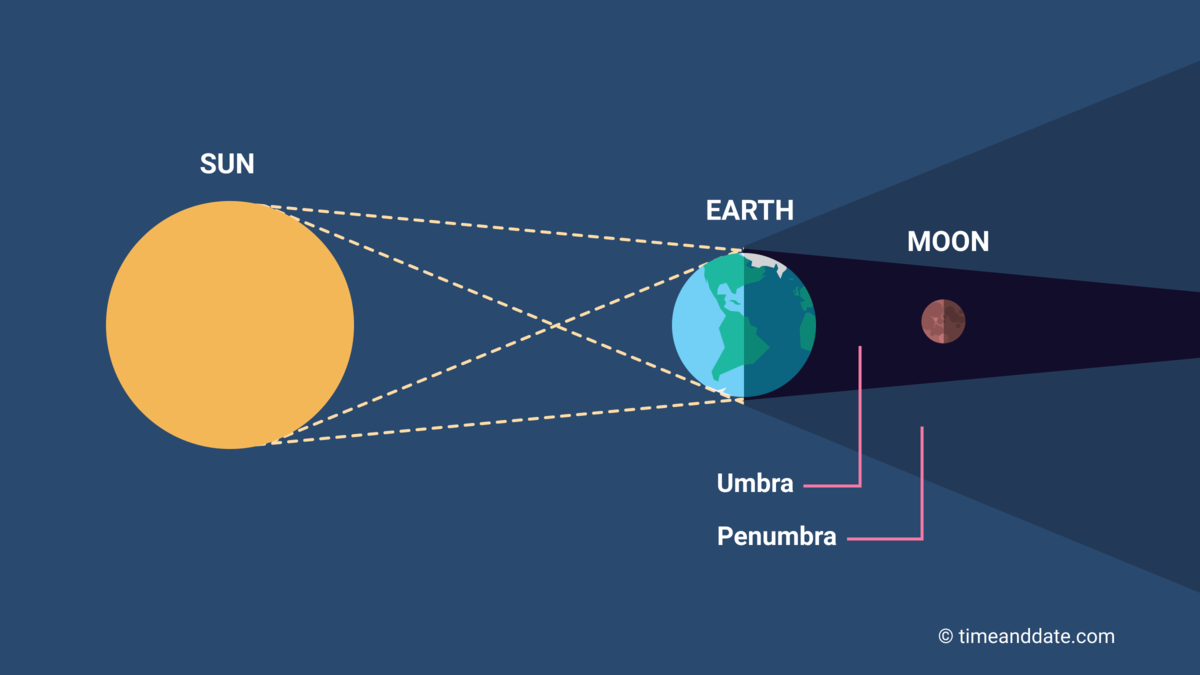NASA's Solar-Powered Moon Probes Face Extreme Testing During Total Lunar Eclipse
As the world witnessed the breathtaking spectacle of a total lunar eclipse, NASA's solar-powered moon probes were put to the ultimate test. The lunar probes, designed to explore the far side of the moon, were subjected to extreme temperatures, radiation, and solar flares, all while maintaining their primary function of capturing stunning images and conducting scientific experiments. In this article, we will delve into the challenges faced by NASA's solar-powered moon probes during the total lunar eclipse and explore the innovative solutions that have been developed to overcome these obstacles.
The total lunar eclipse, also known as a penumbral lunar eclipse, occurs when the Earth passes between the sun and the moon, casting a shadow on the lunar surface. During this event, the moon takes on a reddish hue, a phenomenon that has captivated humans for centuries. However, this celestial wonder also poses significant challenges to space agencies like NASA, which has a string of solar-powered moon probes orbiting the moon.
NASA's Lunar Exploration Program
NASA's lunar exploration program has been ongoing since the 1960s, with the primary goal of exploring the moon's surface and understanding its composition, geology, and potential resources. Over the years, NASA has launched numerous spacecraft, including the Lunar Reconnaissance Orbiter (LRO) and the Lunar CRater Observation and Sensing Satellite (LCROSS), which have provided invaluable insights into the moon's surface and subsurface.
Solar-Powered Moon Probes
NASA's solar-powered moon probes are designed to operate for extended periods, utilizing solar energy to power their systems and communication equipment. These probes are equipped with advanced instruments, including cameras, spectrometers, and radar, which enable them to capture high-resolution images, study the moon's composition, and search for signs of water ice.
Some of the notable solar-powered moon probes include:
- Lunar Reconnaissance Orbiter (LRO)
- Lunar CRater Observation and Sensing Satellite (LCROSS)
- LADEE (Lunar Atmosphere and Dust Environment Explorer)
- Smart Lander for Investigating Moon (SLIM)
Challenges Faced by Solar-Powered Moon Probes
During the total lunar eclipse, NASA's solar-powered moon probes faced several challenges, including:
- Extreme Temperatures: The lunar surface temperature can drop to -243°C (-405°F) at night, making it essential for the probes to maintain a stable temperature to ensure optimal performance.
- Radiation Exposure: The lunar surface offers little protection against radiation, which can damage the probes' electronics and affect their communication systems.
- Solar Flares: The solar flares associated with the total lunar eclipse can cause electromagnetic interference, disrupting the probes' communication equipment and navigation systems.
Innovative Solutions
To overcome the challenges faced by NASA's solar-powered moon probes during the total lunar eclipse, several innovative solutions have been developed:
- Heat Shielding: The LRO is equipped with a heat shield to protect its electronics from extreme temperatures.
- Radiation Hardening: The LADEE was designed to withstand the harsh radiation environment on the lunar surface.
- Radiation-Resistant Communication Equipment: The SLIM was designed to use radiation-resistant communication equipment to maintain contact with Earth.
Future Prospects
As NASA continues to explore the moon and its resources, the challenges faced by solar-powered moon probes during the total lunar eclipse will become increasingly relevant. In response, NASA is developing new technologies and strategies to ensure the long-term sustainability of its lunar missions.
Some of the exciting developments on the horizon include:
- Nuclear Power: NASA is exploring the use of nuclear power to extend the lifespan of its lunar missions.
- In-Situ Resource Utilization: NASA is developing technologies to harness the moon's resources, including water ice, to support future human missions.
- Lunar Gateway: NASA is planning to establish a lunar gateway, a space station that will serve as a base for future lunar missions.
Conclusion
NASA's solar-powered moon probes faced extreme testing during the total lunar eclipse, but thanks to innovative solutions and cutting-edge technologies, they were able to maintain their primary function and continue to provide valuable insights into the moon's surface and subsurface. As NASA looks to the future, the challenges faced by these probes will only become more pressing, but with continued investment in research and development, the prospects for future lunar exploration are brighter than ever.
Stay tuned for more updates on NASA's lunar exploration program and the latest developments in space technology.
Sabrina Carpenter Weight And Height
Karlan Connieenio
Anjali Arora
Article Recommendations
- Christian Keyes Father
- Justin Bieberead
- Mingus Reedus
- Kate Winsletrome
- Billieilish Y Pics
- Did Masonisick Loose His Leg
- Ihriuomotill Married
- Nyannie
- Lyna Perez
- Jaydenaniels Wife



